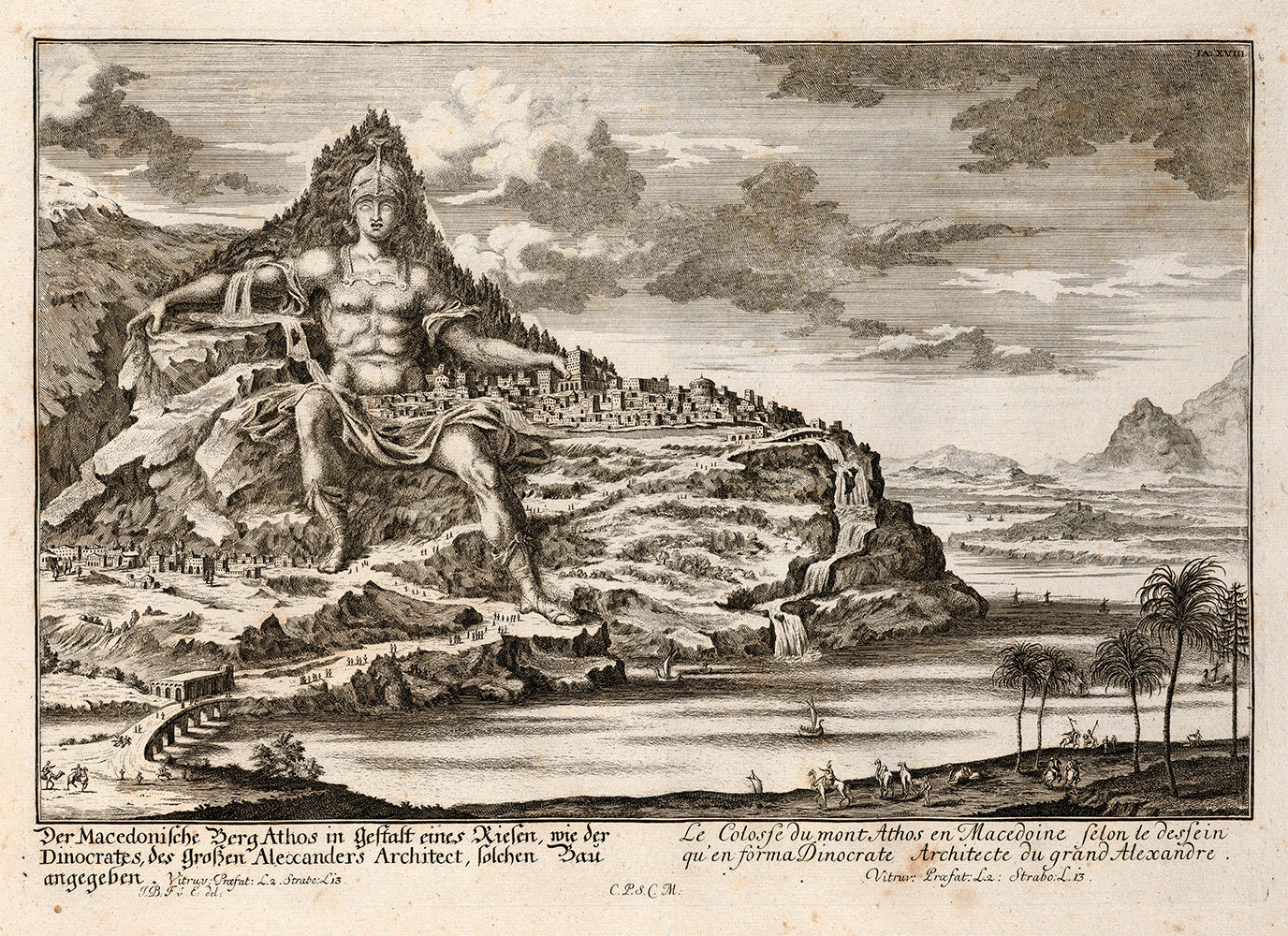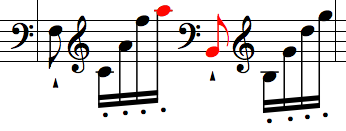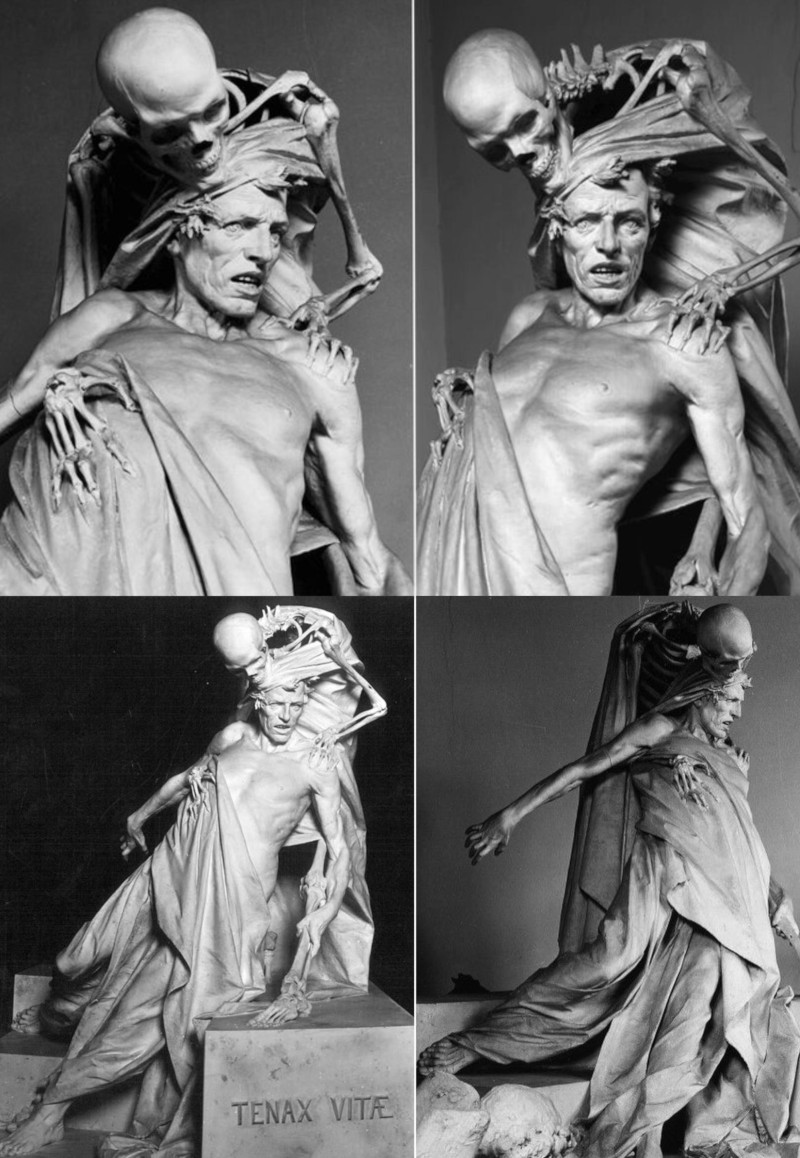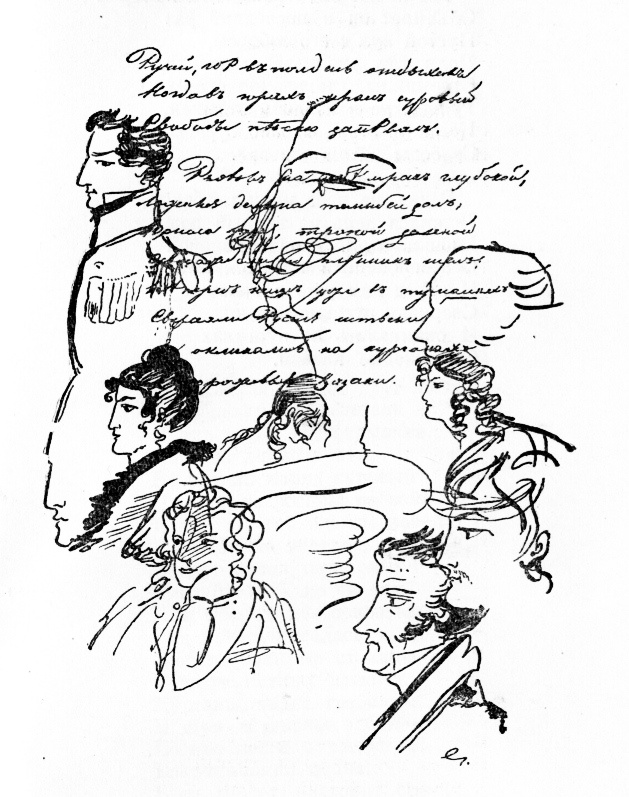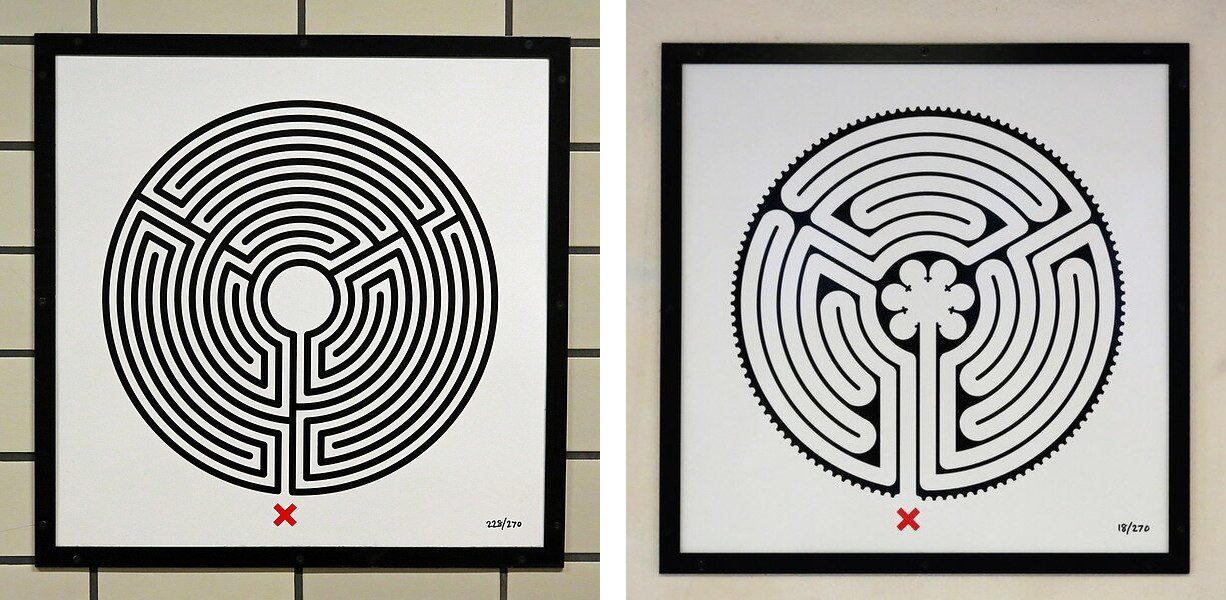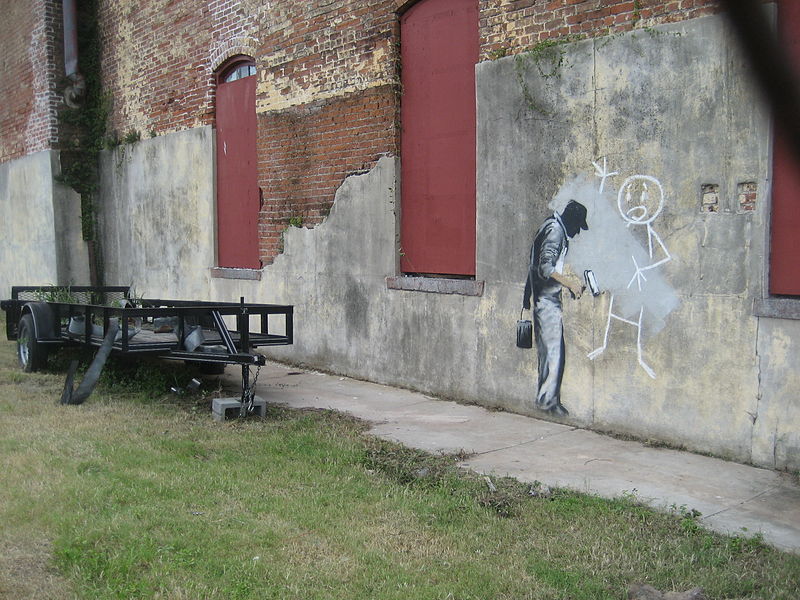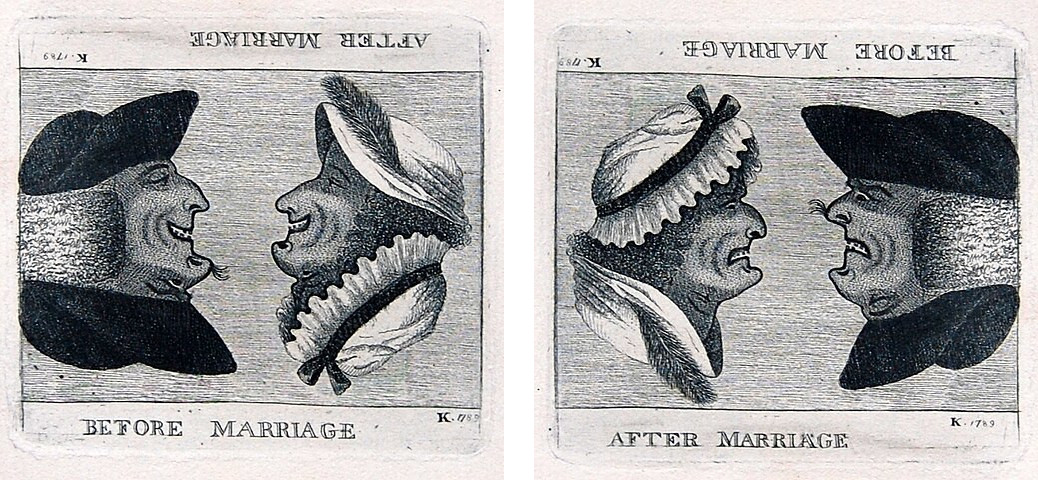
The first nonhuman artist to be given her own art exhibition was a female pig rescued from a South African slaughterhouse in 2016. When her keeper, Joanne Lefson, noticed that the pig ate everything in her stall except some paintbrushes, she taught her to hold a brush in her mouth and apply paint to an easel, and Lefson could sell the resulting works to raise funds for the sanctuary.
Pigcasso’s works have been exhibited in the Netherlands, Germany, the United Kingdom, and China. In 2021 German collector Peter Esser paid £20,000 for her painting Wild and Free, a record price for an artwork created by an animal. Altogether the pig’s sales have raised more than $1 million. She died in March 2024, one day before Jane Goodall could arrive to meet her.

